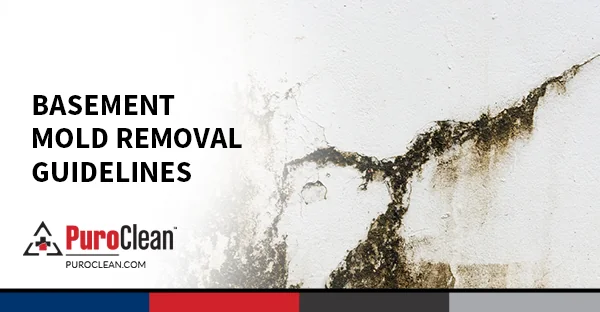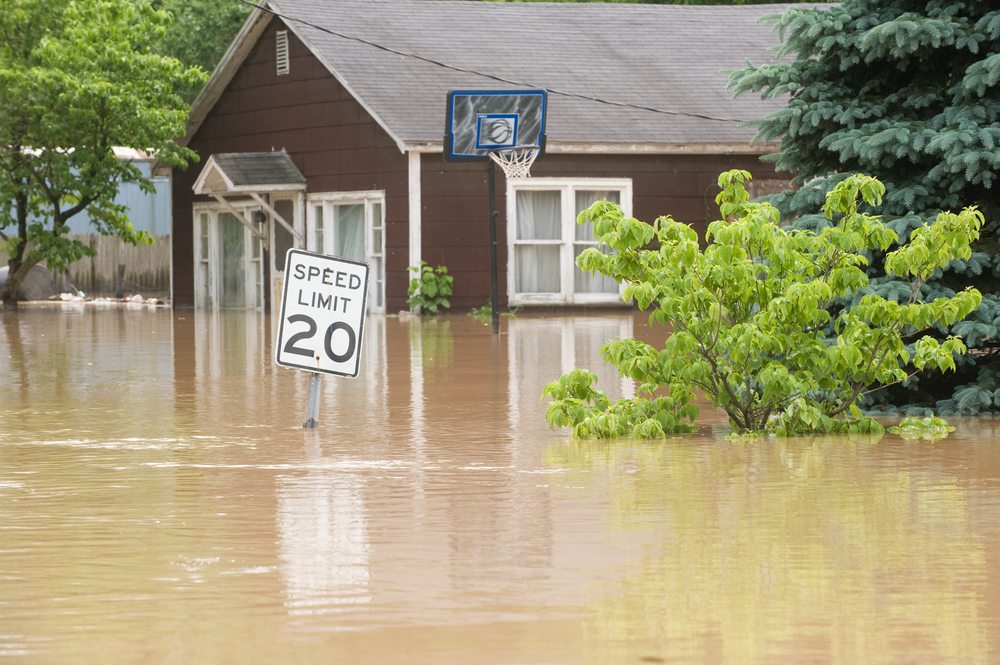 Mold in the basement is a common problem due to frequent moisture problems and the lack of light and ventilation. If the mold problem in your basement is severe, we strongly recommend hiring professional mold removal services. However, if the situation is less severe and you choose to clean the mold yourself, follow these mold removal guidelines:
Mold in the basement is a common problem due to frequent moisture problems and the lack of light and ventilation. If the mold problem in your basement is severe, we strongly recommend hiring professional mold removal services. However, if the situation is less severe and you choose to clean the mold yourself, follow these mold removal guidelines:
Assess the Size of the Affected Surface
If the mold growth area covers less than 10 square feet, you may be able to remove the mold yourself. However, areas larger than 10 square feet usually require professional mold removal services. Make sure to hire a contractor with experience in residential or commercial mold removal.
Wear Protective Gear
Before going into the basement to start the mold cleanup, wear protective gear: clothing that covers your whole body, dust filter mask or respirator, goggles and gloves. During the mold removal process, mold spores will likely be released into the air, and inhaling them is hazardous.
Fix the Moisture Problem
When you decide to remove mold in your basement, detect and fix the moisture problem first. Mold often occurs in the basement after a flood, in which case you need to quickly remove the water. Other times, moisture is a result of condensation or may seep through walls, ceiling or floor due to leaking pipes or cracked surfaces. Find and fix the moisture source and dry the wet surfaces.
Find the Mold
Once the moisture problem is fixed, detect and remove the mold. It may grow on many different surfaces, such as concrete walls, drywall, wall cavities, ceiling, floor, insulation, furniture and more. If you’re not sure if what you are looking at is mold, consider using a mold test kit that allows you to sample both air and surfaces for mold spores.
Seal off the Basement
When you’re ready to clean the mold, seal off the basement to prevent mold spores from spreading to the rest of your house. Use plastic sheets and duct tape to cover openings such as vents or doorways. Additionally, moisten dry mold a little to prevent mold spores from being stirred up into the air.
Start Cleaning
Scrub off the mold with detergent and water, or use a mold killing product. Porous materials, such as drywall or carpet, may have to be thrown away and replaced. Once you’ve finished the mold removal, allow surfaces and items to dry completely. Then, vacuum the room with a HEPA filtered vacuum cleaner.
Prevent Mold from Recurring
Consider waterproofing your basement or applying sealant to walls or floors after the mold removal is finished. To control the moisture levels in your basement, use a dehumidifier. Vacuum and clean the basement once a week to help prevent basement mold. Prevent condensation by insulating exterior walls, roofs, windows and pipes.
Mold can also grow in other areas of the home, especially in the bathroom. Learn about bathroom mold removal and prevention here. Sometimes, mold can even grow where you least expect. Find out where mold can unexpectedly grow in your home in this article. For professional fire, water, and mold restoration services, contact your local PuroClean office.



 PuroClean of Norman
PuroClean of Norman